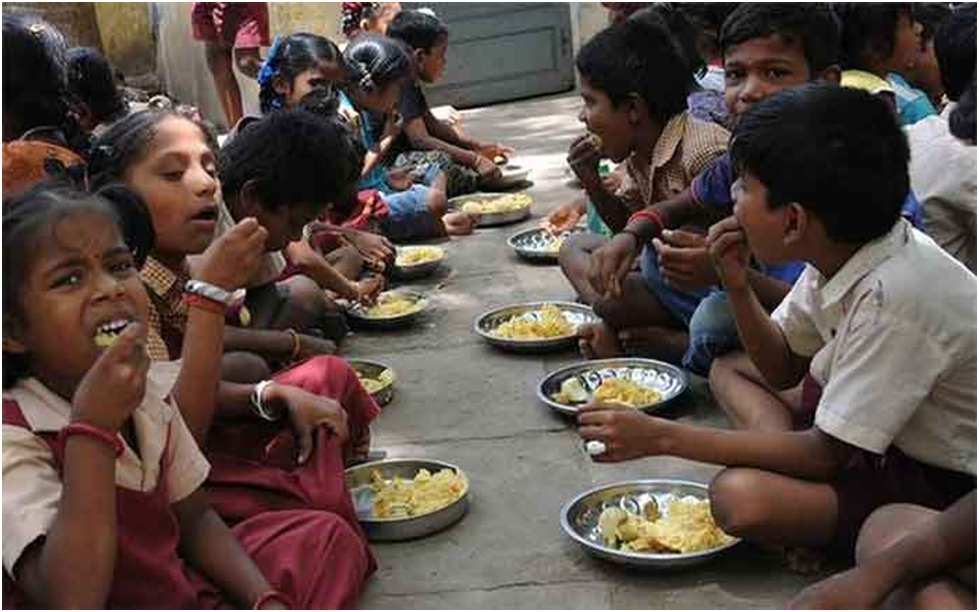QUES . What is food security? Why is it essential? Describe the current food security system in India.
HINTS:

Food security refers to the condition where all people, at all times, have access to sufficient, safe, and nutritious food to meet their dietary needs and preferences for an active and healthy life.
Food security is essential because it is a fundamental human right and is crucial for achieving sustainable development, reducing poverty, and improving the health and well-being of people.
In India, the government has implemented various schemes and policies to address food security. The main components of India’s food security system are:
Public Distribution System (PDS): The PDS is a government-run system that provides subsidized food grains to eligible households. The food grains are distributed through a network of fair price shops (FPS) across the country. The PDS is the primary mechanism for ensuring food security for the poor and vulnerable sections of the population.
Mid-day Meal Scheme (MDMS): The MDMS is a school feeding program that provides free cooked meals to children in primary and upper primary schools. The scheme aims to improve the nutritional status of children, increase school enrollment and attendance, and promote social equity.
National Food Security Act (NFSA): The NFSA is a landmark legislation passed in 2013 that aims to provide food and nutritional security to the most vulnerable sections of the population. The act provides for the identification of eligible households and the distribution of subsidized food grains through the PDS.
Integrated Child Development Services (ICDS): The ICDS is a flagship program of the government of India that aims to provide a package of services, including supplementary nutrition, health, and education, to children under six years of age and their mothers.
Despite the various schemes and policies, India continues to face significant challenges in ensuring food security for all. Issues such as inadequate food production, high levels of food waste, poor distribution systems, and rising food prices remain major obstacles to achieving food security. The government of India needs to continue to invest in improving the food security system and addressing these challenges to ensure that all citizens have access to safe and nutritious food.
